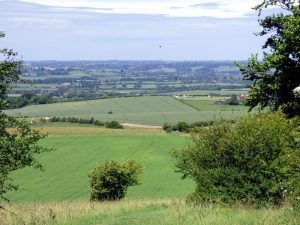 WHS – World Heritage Sites
WHS – World Heritage Sites
World Heritage Sites are cultural and/or natural sites considered to be of ‘Outstanding Universal Value’, which have been inscribed on the World Heritage List by the World Heritage Committee, part of UNESCO.
These places or buildings are thought to:
- have special importance for everyone
- represent unique, or the most significant or best, examples of the world’s cultural and/or natural heritage
Outstanding Universal Value is considered to transcend national boundaries and to be of importance for future generations.
You can use DEFRAs MAGiC mapping system to locate the World Heritage Sites (WHS) in your area.
Development in World Heritage Sites?
Some changes of use are allowed in World Heritage Sites (WHS). You can see what is possible on our table of permitted development opportunities. This shows each permitted development class and whether you can use it in AONBs, SPAs, conservation areas etc.
The National Planning Policy Framework (NPPF) defines a World Heritage Site as a designated heritage asset and therefore weight should be given to its conservation and development that results in substantial harm or loss to the site should be avoided wherever possible.
It may also be necessary to protect the setting of a site, through a buffer zone where there are restrictions on development. Where a development is proposed that may affect a World Heritage Site, information will be required with an application to enable an assessment of impact on Outstanding Universal Value.
This could include a visual impact assessment, archaeological data or historical information. It is often part of an Environmental Statement. World Heritage Sites are considered to be ‘sensitive areas’ for the determining whether an Environmental Impact Assessment is required for a development.



